Silk Floss Tree
- November 17, 2023
- 1 comment
The Silk Floss Tree (Ceiba speciosa), also known as the kapok tree, is a captivating and distinctive species that hails from South America. Renowned for its ornamental and imposing presence, this deciduous tree can reach heights of up to 80 feet, with a trunk adorned with imposing conical thorns.
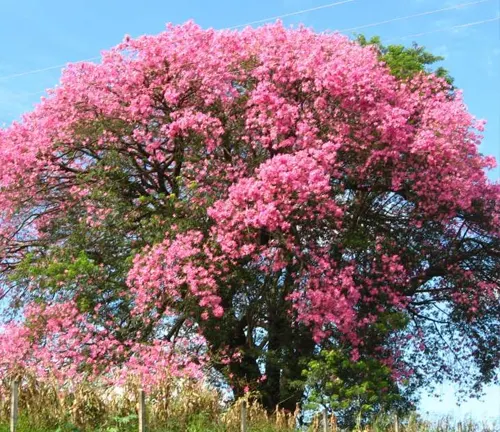
During the dry season, the Silk Floss Tree sheds its leaves, exposing the unique greenish-gray bark. However, what truly sets this tree apart are its striking flowers and seed pods. Large, showy blooms appear in shades of pink, red, and white, creating a visually stunning spectacle.

The tree’s name is derived from the silky, cotton-like fibers that encase its seeds within large, woody capsules, adding an extra layer of fascination. As a member of the Bombacaceae family, the Silk Floss Tree is not only aesthetically pleasing but also culturally significant. Its fibers have historically been used for stuffing pillows and mattresses, and in some regions, the tree holds symbolic value. This remarkable tree serves as both an eye-catching addition to botanical landscapes and a testament to the natural wonders found in its native South American habitats.
| Characteristic | Description |
| Scientific Name | Ceiba speciosa |
| Common Names | Silk Floss Tree, Kapok Tree |
| Family | Malvaceae (formerly Bombacaceae) |
| Native Range | South America |
| Height | Up to 80 feet |
| Deciduous | Yes |
| Bark | Greenish-gray, with large conical thorns |
| Flowers | Large, showy blooms in shades of pink, red, and white |
| Fruit | Woody capsules containing cotton-like fibers |
| Fiber Use | Historically used for stuffing pillows and mattresses |
| Cultural Significance | Holds symbolic value in some regions |
| Habitat | Native to tropical and subtropical forests |
| Leaf Characteristics | Leaves shed during the dry season |
| Distinctive Feature | Unique thorny trunk and striking flowers |
| Botanical Family | Malvaceae |
| Additional Notes | Renowned for its ornamental and imposing presence in botanical landscapes. |
Botanical Beauty of Silk Floss Tree
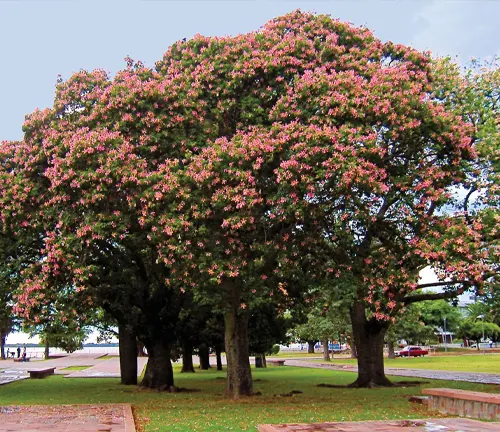
The Silk Floss Tree, scientifically known as Ceiba speciosa, stands as a testament to botanical beauty. Originating from the lush landscapes of South America, this deciduous giant captures attention with its imposing stature and unique features. The greenish-gray bark, adorned with large conical thorns, sets the stage for a visual spectacle. However, it is the large, showy blooms in shades of pink, red, and white that truly distinguish the Silk Floss Tree as a botanical marvel. Its aesthetic appeal graces gardens and landscapes, making it a sought-after addition for those who appreciate the artistry of nature.
Woodland Elegance
In the realm of trees, the Silk Floss Tree stands out with woodland elegance. Reaching heights of up to 80 feet, its presence commands attention. During the dry season, the tree sheds its leaves, revealing a majestic and distinctive greenish-gray bark that contributes to its overall grace. The towering trunk, adorned with imposing conical thorns, adds a touch of drama to its silhouette. As a deciduous tree, the Silk Floss Tree undergoes a cyclical transformation, showcasing nature’s elegant design in every season.
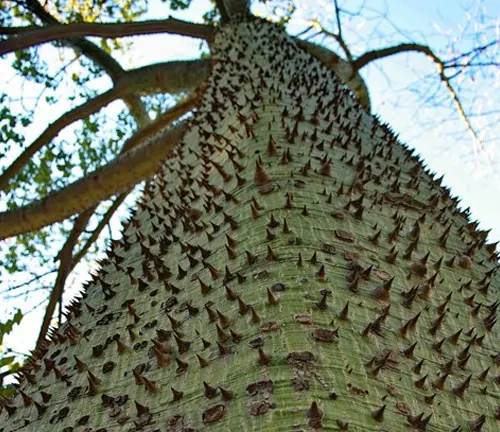
Ecological Importance
Beyond its aesthetic allure, the Silk Floss Tree plays a vital role in the ecosystems it inhabits. Native to South American tropical and subtropical forests, it contributes to the biodiversity of these regions. The tree provides habitat and sustenance for various fauna, fostering a delicate balance within its natural environment. Its significance extends to soil health, erosion prevention, and the overall resilience of the ecosystems it graces, emphasizing the interconnectedness of plant life in the web of nature.
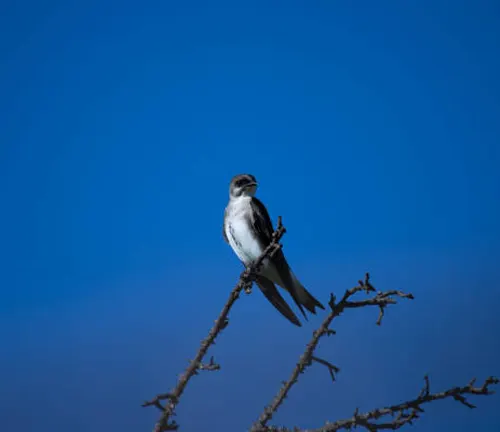
Cultivation and Conservation
Cultivating the Silk Floss Tree requires an understanding of its native habitat and preferences. This species thrives in tropical and subtropical climates, favoring well-draining soils. While its ornamental value has led to its cultivation in various regions, conservation efforts are crucial to preserving its natural habitats. Sustainable practices, coupled with awareness about the Silk Floss Tree’s ecological importance, are essential for ensuring the continued existence of this botanical treasure.
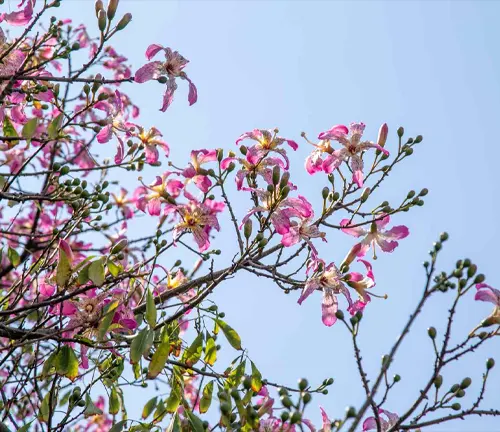
Fragrance
In addition to its visual splendor, the Silk Floss Tree offers olfactory delights with its fragrant blossoms. The large, showy flowers not only captivate the eyes but also release a sweet and enticing fragrance, adding another layer to the sensory experience. This aromatic quality enhances the overall appeal of the tree, making it a multi-sensory delight for those fortunate enough to encounter it in bloom.
Soil Stabilization
The Silk Floss Tree goes beyond mere aesthetics; its extensive root system plays a crucial role in soil stabilization. This feature makes it an excellent choice for landscaping projects aimed at preventing soil erosion. The robust roots of the Silk Floss Tree anchor the soil, contributing to the overall health and stability of the surrounding landscape. In this way, it serves as a natural ally in the battle against environmental degradation.
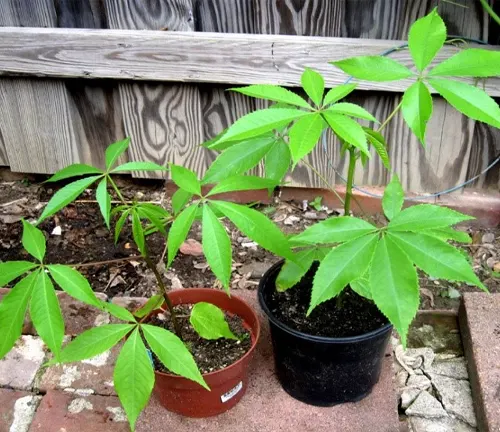
Common Uses
Historically, the Silk Floss Tree’s fibers have found practical applications. The cotton-like fibers encasing its seeds have been utilized for stuffing pillows and mattresses. This historical use highlights the tree’s versatility and the resourcefulness of communities in areas where it is native. While the demand for such applications may have diminished over time, understanding the Silk Floss Tree’s historical uses adds a layer of cultural significance to its botanical profile.

Benefits
Beyond its cultural and historical uses, the Silk Floss Tree provides various benefits to both natural ecosystems and human environments. Its ornamental value enhances the beauty of gardens and parks, contributing to the overall aesthetic appeal of landscapes. Moreover, its ecological role in supporting biodiversity, preventing soil erosion, and stabilizing the soil underscores its importance in maintaining the health of ecosystems. As we appreciate the Silk Floss Tree for its beauty, we also acknowledge its broader contributions to the well-being of the planet and its inhabitants.
Different Species
Ceiba pentandra
(Kapok Tree)
Often confused with Ceiba speciosa, the Kapok Tree is another species known for its large, colorful flowers and cotton-like fibers. It is native to the tropical rainforests of Central and South America, as well as parts of Africa and Southeast Asia.

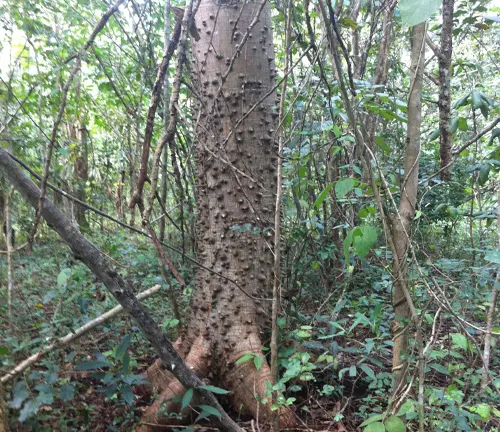
Ceiba aesculifolia
(Pochote)
Native to Mexico and parts of Central America, the Pochote is a deciduous tree with thorny bark and large, showy flowers. It shares some similarities with Ceiba speciosa and is valued for its timber and traditional uses in various cultures.
Ceiba chodatii
Found in parts of South America, including Argentina and Paraguay, Ceiba chodatii is a tree species known for its distinctive thorny trunk and large, attractive flowers. It is part of the Ceiba genus, which encompasses several Silk Floss Tree varieties.
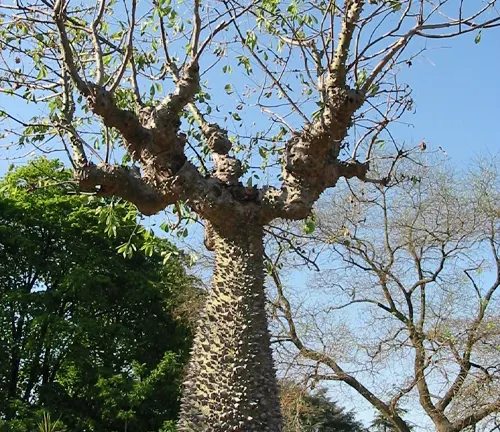
Frequently Asked Questions (FAQs)
- What is a Silk Floss Tree?
The Silk Floss Tree, scientifically known as Ceiba speciosa, is a deciduous tree native to South America. It is renowned for its distinctive appearance, with a thorny trunk, large colorful flowers, and cotton-like fibers surrounding its seeds. - How tall does a Silk Floss Tree grow?
Silk Floss Trees can reach impressive heights of up to 80 feet (24 meters), making them a towering presence in the landscapes they inhabit. - Where is the Silk Floss Tree native to?
The Silk Floss Tree is native to South America, primarily found in countries such as Argentina, Brazil, and Paraguay. - What are the distinctive features of the Silk Floss Tree?
The tree is characterized by its greenish-gray bark, large conical thorns, showy flowers in shades of pink, red, and white, and woody capsules containing cotton-like fibers. - Is the Silk Floss Tree deciduous?
Yes, the Silk Floss Tree is deciduous, meaning it sheds its leaves during the dry season. - How is the Silk Floss Tree cultivated?
The tree thrives in tropical and subtropical climates, requiring well-draining soil. Cultivation involves understanding its native habitat and preferences to promote healthy growth. - What is the ecological importance of the Silk Floss Tree?
The tree plays a vital role in ecosystems by providing habitat and sustenance for various fauna. Its extensive root system contributes to soil stabilization and erosion prevention. - Can the Silk Floss Tree be grown outside its native range?
Yes, the Silk Floss Tree can be cultivated in regions with suitable climates. However, attention to its specific requirements is crucial for successful growth. - Are there other species of Silk Floss Trees?
Yes, there are other species within the Ceiba genus, such as Ceiba pentandra (Kapok Tree) and Ceiba aesculifolia (Pochote), which share similar characteristics. - What are the common uses of the Silk Floss Tree?
Historically, the tree’s cotton-like fibers were used for stuffing pillows and mattresses. In modern times, it is primarily valued for its ornamental beauty in landscaping. - Does the Silk Floss Tree have any cultural significance?
In some regions, the tree holds symbolic value, and its historical uses are reflective of the resourcefulness of local communities. - What benefits does the Silk Floss Tree offer?
The tree provides aesthetic beauty to landscapes, supports biodiversity, prevents soil erosion, and contributes to the overall health of ecosystems.


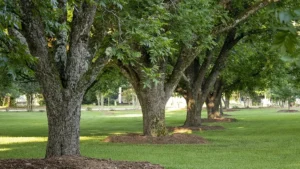
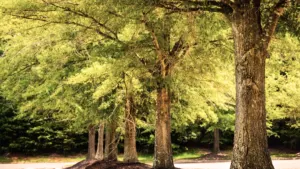
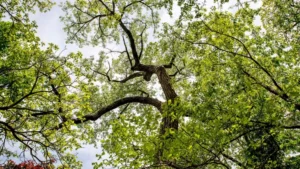
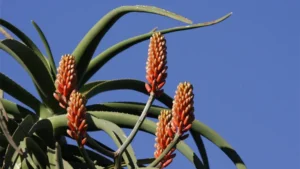
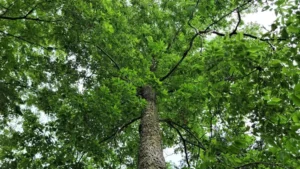
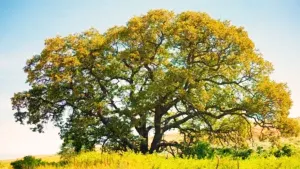
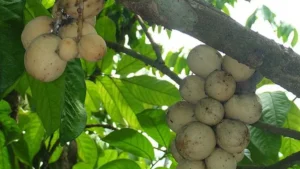
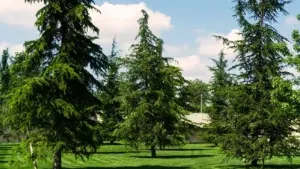

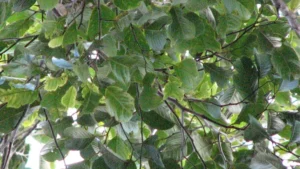
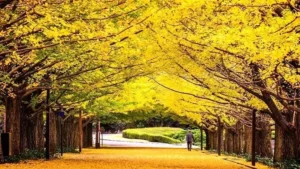
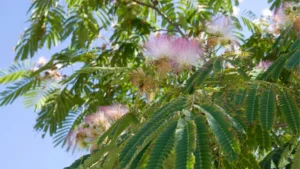
In Portugal, we saw what looks like the white balls on a tree. Literature doesn’t talk about the white ball. When the ball fell was sort of like a huge dandelion. Other sites photos only showed the flower and seed pods. Thank you for any knowledge.
Mary
January 5, 2024 3:11 pm